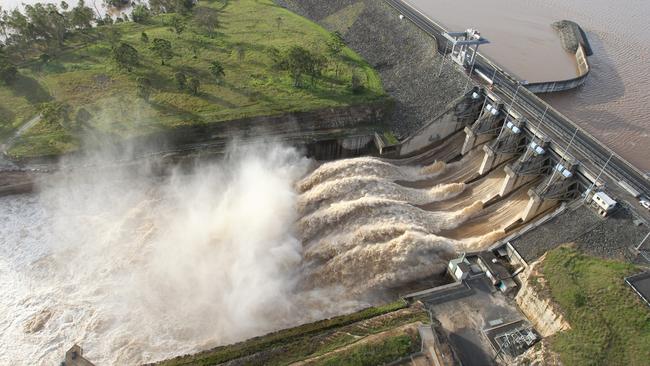
If the extreme event across Wivenhoe Dam’s catchment does ease, Annastacia Palaszczuk, her bureaucrats and the dam engineers operating this vital infrastructure will get lucky.
They’ll win this brazen gamble and we’ll all avoid a repeat of 2011 when the dam operators were paralysed until they had to make emergency releases, flooding Australia’s third-largest city, causing billions of dollars in damage and ruining thousands of homes and businesses.
But if the Premier and her people blow this – if they are forced to make emergency releases again and flood the city severely, again, with the water they’ve stored for too long – it will be unforgivable.
Because in 2022 it should not come down to just dumb luck.
After the lessons learned this past decade, after the millions spent on public inquiries and the big damages payouts from the government, which was sued over its negligence in Wivenhoe Dam’s 2011 operations, the public at risk deserve much more.
The fact it has come to the crossing of all the Premier’s fingers and toes in the hope the rain would ease just in time to avoid making devastating water releases from the dam – to protect its infrastructure – is the epitome of risk-taking.
Thousands of Brisbane residents in low-lying areas should know some time on Monday whether they can thank their lucky stars and avoid the worst, or be inundated by what would need to be emergency releases of water from a dam almost brimful.
The weather forecasts are improving. It does appear we’ll pull this one off, with very little margin for error. Controlled flow rates of release out of Wivenhoe Dam started on Sunday.
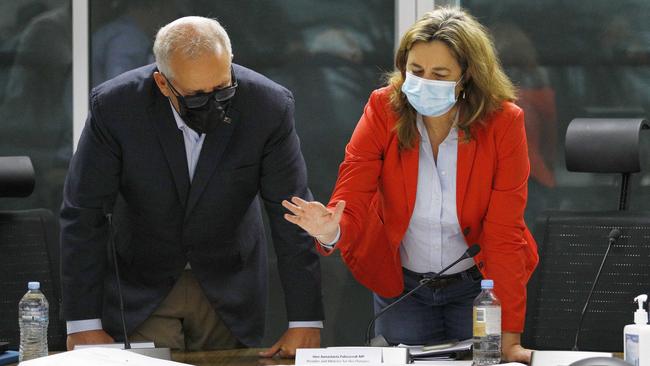
Too little, too late. Easing rain will keep these releases to a minimum and minimise the Brisbane River’s flooding.
The reason it has come to this in 2022 is because despite everything since 2011, Palaszczuk’s government signed off on a new operating manual for the dam – a manual that is rigid in not permitting water releases based on forecast rainfall.
That’s right – until the rain is actually on the ground, the dam operators will not take pre-emptive actions; they will not make early releases before a flood.
They will not make early releases that would give extra storage capacity in the dam for a severe rainfall event such as this.
As we saw in Queensland in 2011, the policy setting is peak absurdity; it sets the city up for potential disaster.
From farmers to air traffic controllers to captains of industry and airlines and shipping, we all take prudent precautions over extreme, severe weather and rainfall forecasts. It’s why the Premier was prudently warning us last Wednesday of this coming event.
The dam operator’s justification for not acting before a potential disaster strains credulity.
It’s not his fault but it was trotted out by SEQWater’s Mike Foster in the disaster centre on Sunday – and it’s essentially that weather forecasts are not sufficiently accurate for dam operators to justify pre-emptive releases that would lose water from the system.
Instead, they sit on their hands and wait until there’s water on the ground. Even then they’re slower than a wet week with releases.
This was the dam operator’s gambling folly in 2011. It’s their gambling folly going forward for as long as this manual is rigid in ignoring weather forecasts.
The risk-reward comparison is not complex: the downside of making pre-emptive releases before the river is in flood is that the dam will lose some of its water reserves. So what? The rain will fall again.
The downside of paralysis, of not making releases, is that when your hand is forced and the releases are urgent and huge, you lose billons by flooding the city.
That’s why Brisbane got smashed in 2011. It was hard for many of us to believe those in charge would put the blinkers on again and fail to appreciate that grave forecasts of intense, extreme rainfall do result in just that.
Prudent action in the face of those Bureau of Meteorology warnings of extreme rainfall would have meant significant pre-emptive releases of water from the Wivenhoe Dam on Wednesday, Thursday and Friday, before the rain arrived.
Those releases would have temporarily flooded some rural bridges and minor roads, a minor, fleeting inconvenience for a very small number of people but given a much greater capacity in the dam and a larger buffer of flood storage to cope with the extreme rainfall that the dam’s operators were warned was imminent.


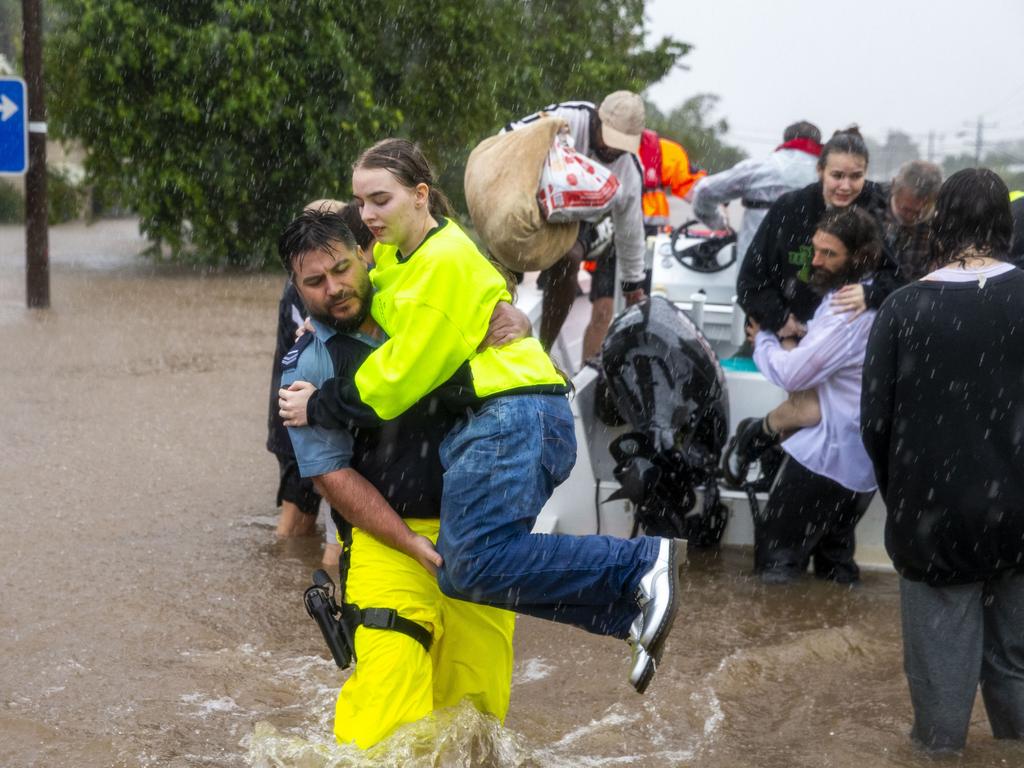
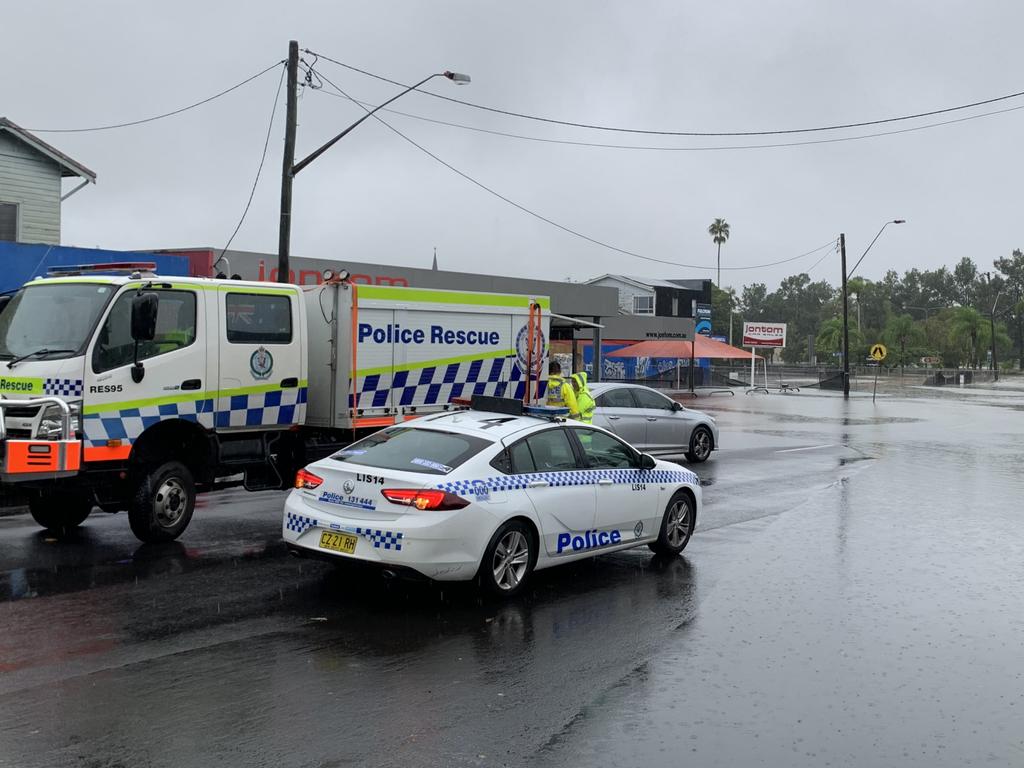
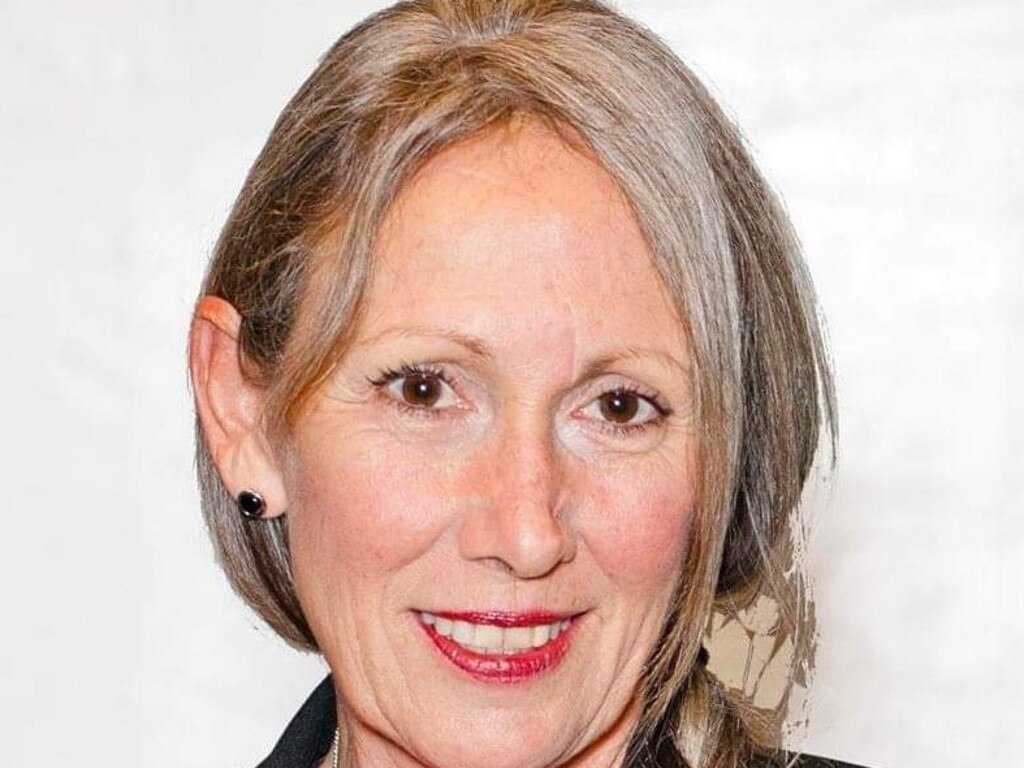


Queensland’s Premier and the operators of the state’s major Wivenhoe Dam have gambled that easing rainfall will save thousands of residents from the risk of another Brisbane River flood.